Prices in AUD. Shipping worldwide. Flat rate $8 postage per order within Australia. International by weight calculated at checkout. Read full terms.
-
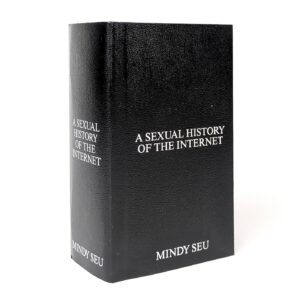
A Sexual History of the Internet
AU$55.00 Read MoreAdd to cartMindy Seu
: Dark Forest Collective, 2025.The artist book to the participatory lecture performance A SEXUAL HISTORY OF THE INTERNET. “This is a polyvocal telling of sexual technologies in five chapters. It’s less an abridged history and moreso a collection of experiences, anecdotes, and historical artifacts that reveal the pervasive and perverted origins of many of our digital tools.” (from introduction). An experiment in the understanding of the internet, sex, and sexual technologies.
-
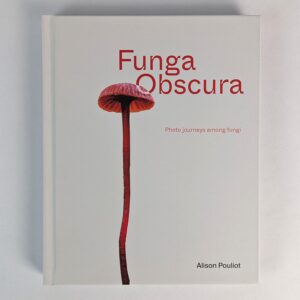
Funga Obscura: Photo Journey Among Fungi
AU$50.00 Read MoreAdd to cartAlison Pouliot
Sydney: NewSouth, 2025.‘A visual love letter, in Funga Obscura ecologist Alison Pouliot brings guides us through the forrest to share stunning photographs and writing on fungi across Australia and the globe.” (publisher’s blurb)
-
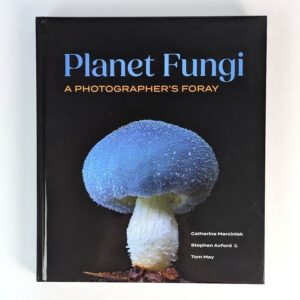
Planet Fungi: A Photographer’s Foray
AU$60.00 Read MoreAdd to cartCatherine Marciniak; Stephen Axford; Tom May
Melbourne: CSIRO Publishing, 2025.“Fungi are nature’s great networkers, weaving connections, driving transformation and thriving in the most unexpected places. Planet Fungi: A Photographer’s Foray is a feast for the eyes, with stunning imagery and pioneering explorations that reveal the intricacies of fungal biology and their ecological significance. It was a chance encounter in the forest with a purple mushroom that completely changed photographer Stephen Axford’s view of the world. He became obsessed with documenting the largely unexplored kingdom of fungi and, alongside his partner, Catherine Marciniak, capturing the beauty and diversity of fungi in some of the most remote regions on Earth. There are an estimated 25 million species of fungi found all over the world, yet with only around 155,000 described so far, there is so much left to discover. From glowing mushrooms in ancient forests to bizarre, alien-like forms, these extraordinary organisms will challenge how you see the natural world.” (publisher’s blurb)
-
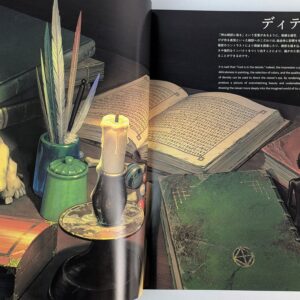
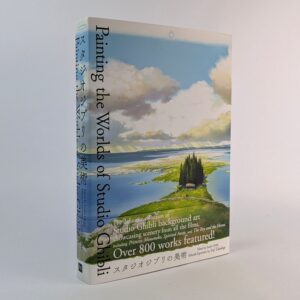
Painting the Worlds of Studio Ghibli
AU$215.00 Read MoreAdd to cartStudio Ghibli; Yoji Takeshige
Tokyo: Pie International, 2025.“Featuring more than 800 pieces of background art, this beautiful hardcover is a complete and enduring publication allowing readers to thoroughly enjoy backgrounds from each and every scene of the Ghibli masterpieces. Including art from each of Studio Ghibli’s twenty-seven films, these pages offer a glimpse into techniques that bring depth and life to these cherished cinematic worlds, revealing a mastery of brushwork, colour and perspective. Editorial supervision by Yoji Takeshige. This is a must-have book for fans of Ghibli films and creators involved in the animation industry. Editorial Supervisor: Yoji Takeshige, background artist and art director for many Ghibli films.” (publisher’s blurb)
-
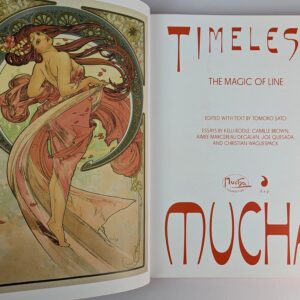
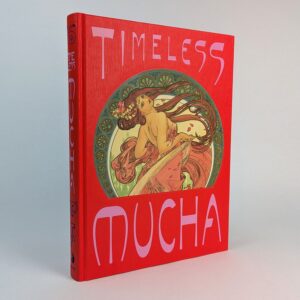
Timeless Mucha: The Magic of Line
AU$125.00 Read MoreAdd to cartTomoko Sato
New York: Mucha Foundation Publishing, 2025.“This volume reappraises the graphic work of Alphonse Mucha and explores its influence on graphic art since the 1960s. Published in conjunction with a touring exhibition in the US & Mexico, this volume surveys the development of Mucha’s style, synonymous with Art Nouveau. It explores how it was rediscovered by later generations of artists, becoming an artistic idiom for the Psychedelic Art of the 1960s and 1970s as well as a wide range of visual culture from the late 20th century to today. Coinciding with the opening of the new Mucha Museum in the baroque Savarin Palace in Prague, ‘Timeless Mucha’ is organised into three thematic sections: Inspirations for the Mucha Style, Le Style Mucha, and Art Nouveau and The Rebirth of the Mucha Style and Its Legacy. The first two sections focus on Mucha’s artistic development, examining the theoretical basis of Muchas style–famously known as “le style Mucha” in fin-de-siecle Paris–and its context. Tracing the artist’s footsteps from his youth in Moravia through the 1890s, when he attained fame as a poster artist, the first section highlights a selection of works of art, crafts and books from his own collection. The third section explores visual links between Mucha’s artistic idiom and the styles developed by later generations of artists. While Mucha’s style continues to influence today’s visual culture, including fashion, animation movies and computer games, this catalogue also focuses on a philosophical aspect of Mucha’s legacy: the art of message-making.”
